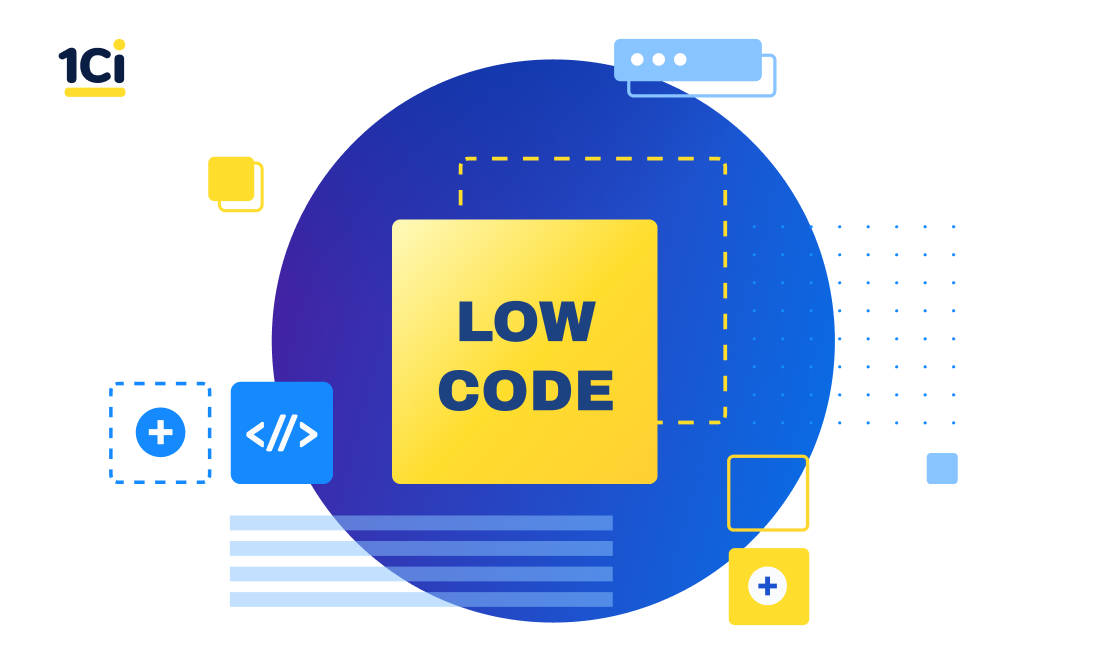The Dawn of Accessible App Building
In the ever-evolving world of technology, the purpose of innovation is not only to advance but also to democratize. One such democratizing trend in the software landscape is the emergence of Low-Code/No-Code (LCNC) development platforms. But what exactly are these platforms and how do they differ from the traditional programming languages we've known for decades?
At their core, LCNC platforms offer a development environment where applications can be created through graphical user interfaces (GUIs) and configuration rather than coded by hand from scratch. In contrast, traditional programming languages require the developer to write each line of code, which is then compiled and executed to run the desired application.
LCNC platforms have opened the floodgates for a wider audience to get into application building. Instead of spending years mastering intricate programming languages, these platforms empower the "general population" to craft functional applications without the steep learning curve. For many, this is a golden ticket to innovation without the barriers of technical jargon and complex coding paradigms.
While the allure of creating a universal LCNC platform is tempting, it's far more pragmatic to focus on narrower, well-defined automation fields. A jack-of-all-trades tool often spreads its capabilities thin, leading to mediocre results across the board. On the other hand, a specialized LCNC platform can excel in its chosen domain, offering rich features and a streamlined user experience.
A quintessential field ripe for LCNC introduction is business applications—tools that nestle under the expansive umbrella of Enterprise Resource Planning (ERP). This encompasses a broad range of tools, from Customer Relationship Management (CRM) and Human Resources (HR) to Sales and Inventory Management. Given the structured nature of business processes and data, LCNC platforms can effectively model, automate, and optimize these workflows.
One of the standout features of LCNC platforms, particularly when contrasted with traditional programming environments, is their ability to keep out of sight the underlying complexities. This is not merely a cosmetic veneer — it's an intentional design choice rooted in the core philosophy of these platforms.
Traditional software development, for all its power and flexibility, often resembles navigating a maze. Developers grapple with layers of intricacies, from setting up databases and managing server environments to ensuring responsive user interfaces. Each layer demands its own set of skills, understanding, and time. While this granularity offers a vast playground for seasoned developers, it can be a bottleneck for rapid application development, especially for those whose primary expertise lies outside the realm of programming.
LCNC platforms elegantly sidestep this challenge. By abstracting away the technical details and exposing only high-level functionalities, they allow users to focus on the bigger picture: the actual business logic and user experience. Think of it like using a sophisticated camera in 'auto' mode. While the camera handles details like shutter speed, aperture, and ISO, the photographer can concentrate on framing the perfect shot.
This abstraction doesn't mean a sacrifice in power or flexibility. On the contrary, by removing frequent roadblocks and routine tasks, LCNC platforms can significantly expedite the development process. What might take weeks or even months in a conventional environment can be condensed into days or even hours. For businesses, this means a quicker turnaround, allowing them to respond to market dynamics, test ideas, or launch products at an unprecedented pace.
LCNC platforms aren't merely changing the "how" of application development—they're redefining the "who" and "how fast." By democratizing access and accelerating the building process, they're poised to be the catalysts of a new era in digital innovation.
Among the forerunners in this LCNC movement for business applications is the 1C:Enterprise platform. It's not just another tool in the market; it's a robust platform with an array of standout features:
Auto-Generated Interface. The ability to construct a working prototype in mere seconds, without penning a single line of code, is nothing short of revolutionary. Furthermore, this prototype isn't platform-bound — it's versatile enough to function seamlessly across browsers, mobile devices, and other platforms.
Business-Centric Script Language. Instead of grappling with arcane technical terms, 1C:Enterprise offers a scripting language that revolves around familiar business terminologies. Words like "Documents" and "Balance" become the building blocks of your application.
Scalability. 1C:Enterprise is capable of scaling from a one-person startup to a multinational conglomerate. Whether you have one user or thousands, the platform ensures a smooth, lag-free experience.
In conclusion, LCNC platforms, with their inclusive ethos, are poised to reshape the landscape of application development. By focusing on specific niches like business applications, they can deliver unparalleled value. Tools like 1C:Enterprise is a testament to this, offering businesses a potent combination of ease of use, flexibility, and scalability.







